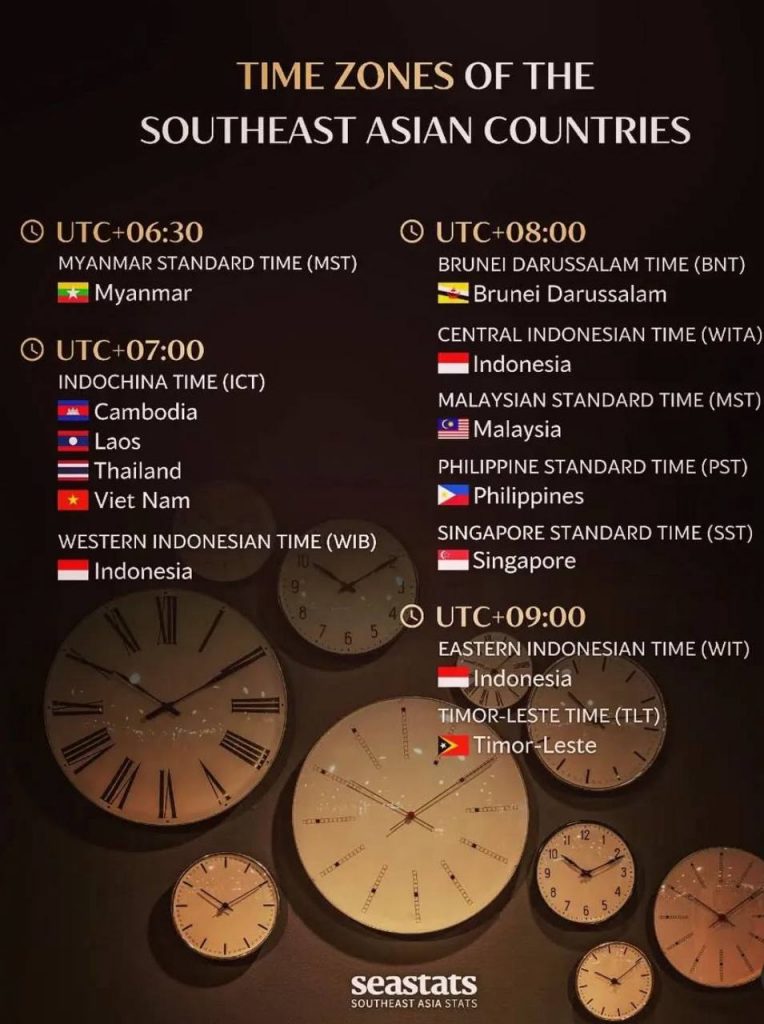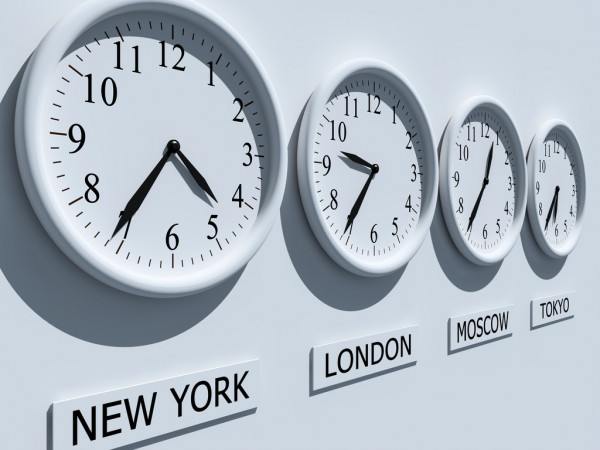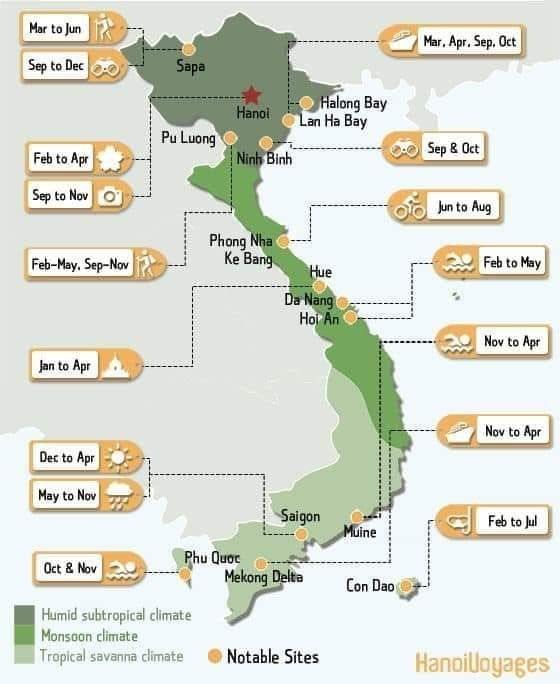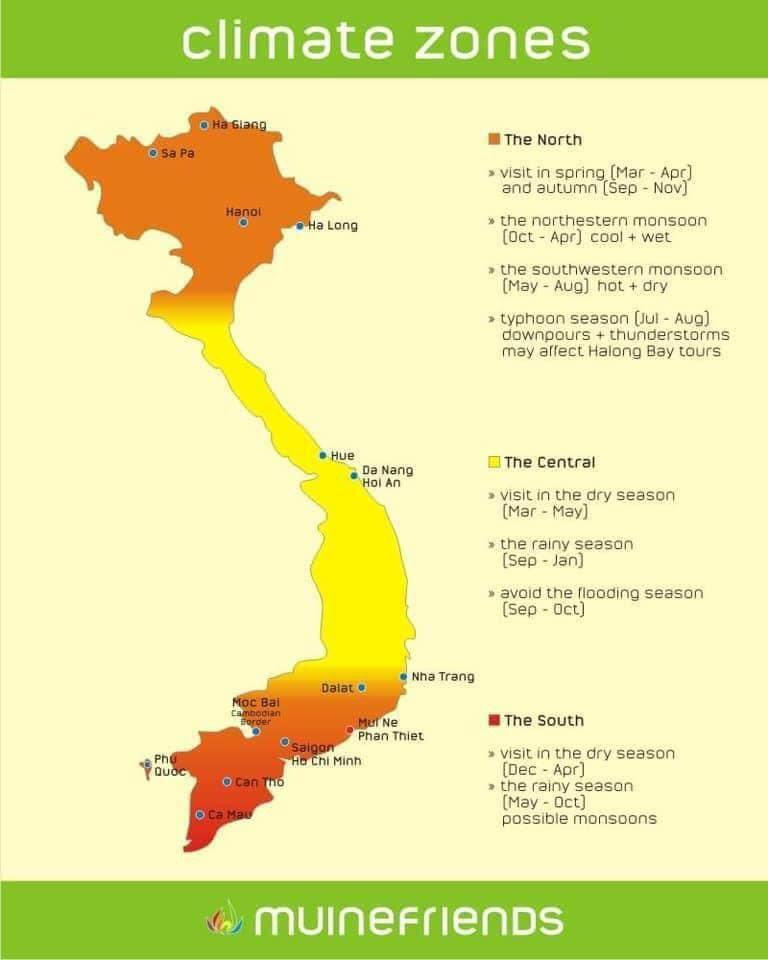If you’re planning a trip to Southeast Asia, understanding Time in Vietnam is more important than you might think. Vietnam is a long, narrow country stretching from the Chinese border in the north down to the tropical Mekong Delta in the south, yet the entire nation follows a single time zone. That’s right, despite spanning more than 1,600 kilometres from north to south, Vietnam keeps things simple: it runs on Indochina Time, or ICT, which is seven hours ahead of Coordinated Universal Time (UTC+7).
This seemingly simple fact has some practical consequences for travellers. If you’re coming from Europe, the United States, or Australia, working out what time it is in Vietnam before you book flights, coordinate tours, or plan calls back home can be crucial. And for the truly curious, it’s also interesting to see how Vietnam’s neighbours handle time in comparison.
Understanding Vietnamese Time
Vietnam, along with Laos, Cambodia, and Thailand, all share the same time zone: UTC+7. It’s known as Indochina Time, though most locals simply refer to it as “Vietnam time.” There is no daylight saving in Vietnam, so unlike Europe or the US, the clocks never jump forward or back during the year. This simplicity makes it much easier to plan trips without having to worry about adjusting for daylight shifts.
For travellers, the takeaway is straightforward: if it’s 12 noon in Hanoi, it’s 12 noon everywhere in Ho Chi Minh City, Da Lat, Hue, or Sa Pa. Even though Sa Pa in the north can be freezing in December and Da Lat in the Central Highlands is cooler year-round, the clocks are identical.
Comparing Time in Vietnam with Neighbouring Countries
Vietnam is wedged between Laos, Cambodia, and China to the north. Here’s how the timing stacks up:
Laos and Cambodia: Same time as Vietnam. You can cross borders without ever having to adjust your watch.
Thailand: Also UTC+7. Bangkok, Chiang Mai, and Phuket all run on the same schedule.
China: Surprisingly, all of China follows Beijing Time, which is UTC+8. That means when it’s 10am in Hanoi, it’s 11am in Kunming, Shanghai, or Beijing. The western parts of China experience sunrise and sunset at unusual hours compared to their clocks, but Vietnam doesn’t have that problem.
Malaysia and Singapore: UTC+8, one hour ahead of Vietnam.
Indonesia: Time in Vietnam aligns only with western Indonesia, such as Sumatra (UTC+7). Java and Bali (UTC+8), Sulawesi (UTC+8), and Papua (UTC+9) are ahead.
Philippines: UTC+8, so one hour ahead.

Time in Vietnam Compared to Major Countries
United Kingdom: UTC+0 (UTC+1 in British Summer Time). Vietnam is 7 hours ahead of the UK during standard time, and 6 hours ahead during British Summer Time. If it’s 6am in London, it’s 1pm in Hanoi.
European Union: Most of continental Europe is UTC+1 or UTC+2 in summer. Vietnam is 6-7 hours ahead of Central European Time. So when you’re sipping coffee in Saigon at 10am, your friends in Berlin or Paris are still having breakfast.
United States: East Coast is UTC-5 (UTC-4 in daylight saving). That makes Vietnam 12 hours ahead of New York during standard time. West Coast, UTC-8, means Vietnam is 15 hours ahead of Los Angeles. Early morning calls from California might be late at night in Vietnam.
Australia: Time differences vary depending on the state. Sydney, Melbourne, and Canberra are UTC+10, so three hours ahead of Vietnam. Perth is UTC+8, one hour ahead of Vietnam.
How to Work Out the Time
The easiest way to work out Time in Vietnam is to remember: Vietnam is always 7 hours ahead of UTC, no exceptions, no daylight saving nonsense.
From the UK:
Standard UK time: Add 7 hours
British Summer Time: Add 6 hours

From the US:
East Coast standard: Add 12 hours
East Coast daylight: Add 11 hours
West Coast standard: Add 15 hours
West Coast daylight: Add 14 hours
From Australia:
Sydney/Melbourne/Canberra: Subtract 3 hours from local Australian time to get Vietnam time
Perth: Subtract 1 hour
These simple conversions make it easy to schedule international calls, book flights, or plan early morning excursions in Hanoi or sunset trips in Ho Chi Minh City.
Best Time to Visit Vietnam
Knowing the Time in Vietnam is only half the puzzle. The other half is when to go to make the most of your trip, particularly if you want to experience the country’s diverse climates. Vietnam is long, narrow, and climatically diverse, so there isn’t a single “perfect” season.

Northern Vietnam (Hanoi, Sa Pa)
The north has four distinct seasons. Winters (December to February) can be chilly, especially in Sa Pa, where temperatures sometimes drop below 5°C. Foggy mornings and cold winds dominate, making it atmospheric but not ideal for trekking if you’re not prepared. Spring (March to April) is mild and perfect for trekking, with clear skies and vibrant greenery. Autumn (September to November) offers cooler temperatures, golden rice terraces, and festivals, which many travellers prefer. Summer (May to August) brings heat, humidity, and heavy rain, so trekking can be slippery and some mountain trails in Sa Pa may be closed.
Central Vietnam (Hue, Da Nang, Hoi An, Da Lat)
The central region is generally drier from February to August. Da Lat, in the Central Highlands, stays cooler year-round thanks to its elevation, around 1,500 metres above sea level. Perfect for escaping the heat of the lowlands. Rain can come heavy in September and October, especially in coastal areas prone to tropical storms.
Southern Vietnam (Ho Chi Minh City, Mekong Delta)
The south is tropical and generally hot all year. Dry season runs from December to April, ideal for exploring the Mekong Delta, floating markets, and urban chaos of Saigon. May to November is wet season, with afternoon downpours and high humidity, though it rarely rains all day, and the landscapes are lush.
Putting It All Together
The best overall time to visit Vietnam depends on what you want to do. If your trip spans north and south:
December to March offers a balance: cooler north, dry south, and fewer extreme weather events.
Avoid June to August for trekking in the north and central regions due to rain and heat, though southern Vietnam is still accessible.
Autumn (September to November) is excellent for northern explorers who want rice terraces and trekking without the summer heat.
Plan around regional climates, particularly if you’re heading to Sa Pa for mountain trekking or Da Lat for its mild temperatures and quirky colonial charm. Even Hanoi, often cold and misty in winter, has a unique appeal for travellers who don’t mind packing a jacket.

Practical Tips for Travellers
Phones and watches: Most modern devices automatically detect Vietnam’s UTC+7. Double-check if your phone or laptop is set to “automatic time zone” when you land.
Jet lag: Travellers from Europe or the US will feel a shift of 6 to 15 hours. Consider a day of light activities upon arrival.
Flights: Understanding Time in Vietnam is crucial when booking connecting flights. Many international flights arrive early morning or late at night, particularly in Hanoi or Ho Chi Minh City.
Vietnam is a country where time moves at a different pace depending on where you are. In Hanoi and Sa Pa, mornings can be misty and slow, while in Ho Chi Minh City, scooters and street stalls create a constant rush of activity. Knowing Time in Vietnam helps you plan your days, catch markets, sunrise views, and trekking windows perfectly.
Click to check out our Vietnam Tours .





